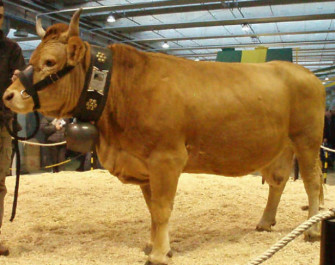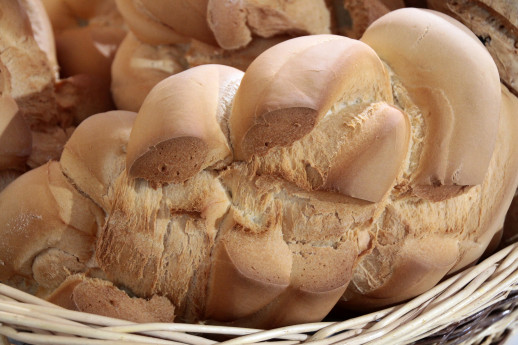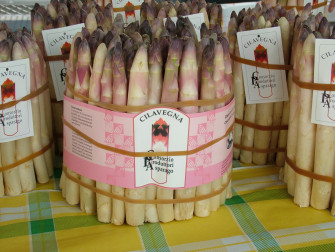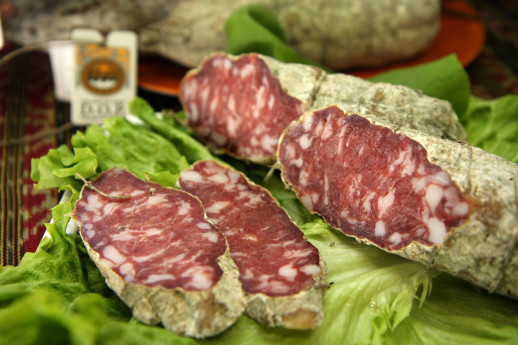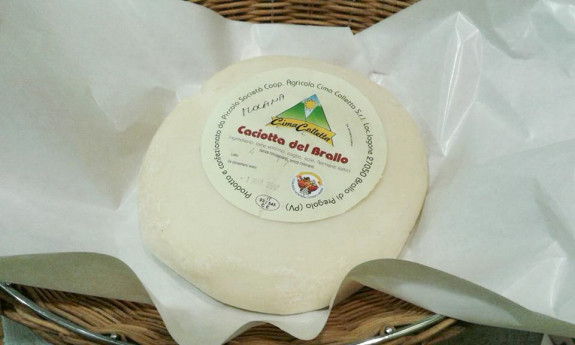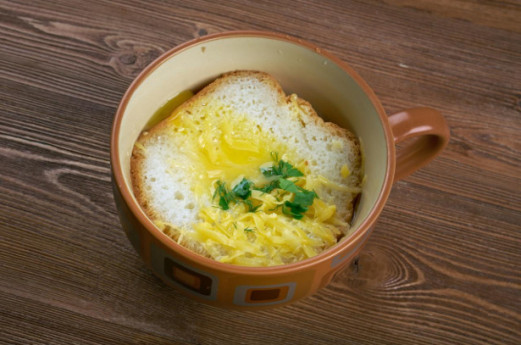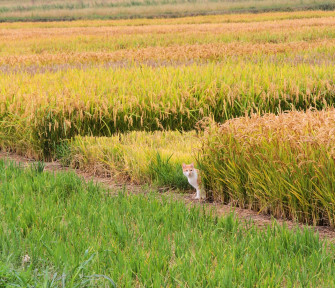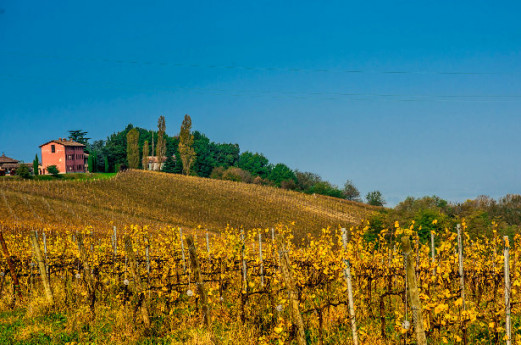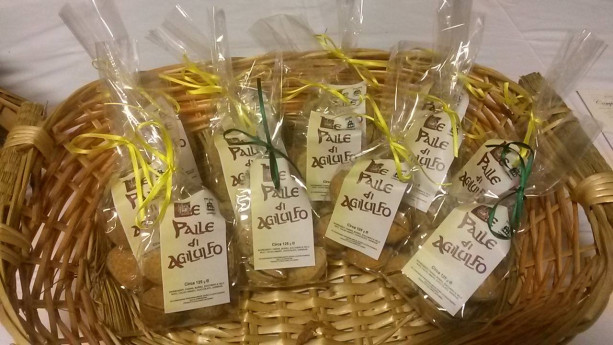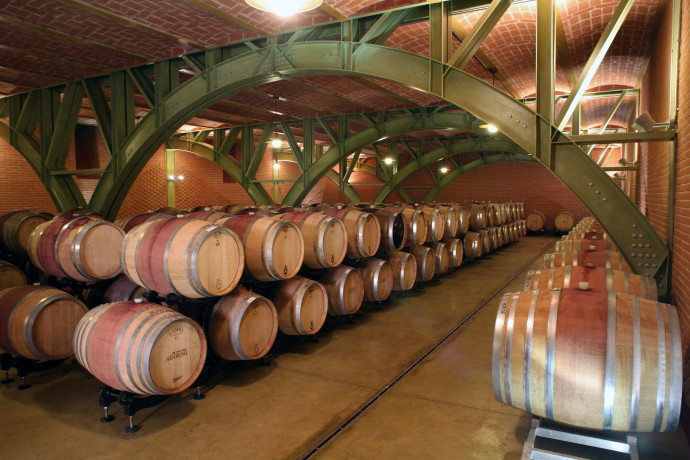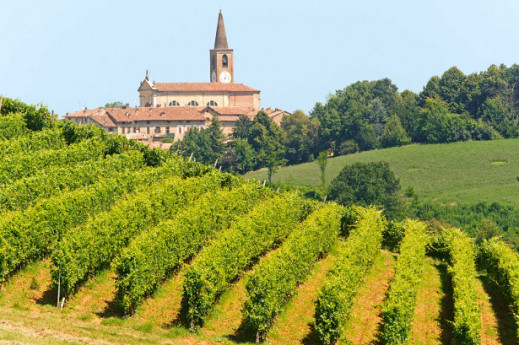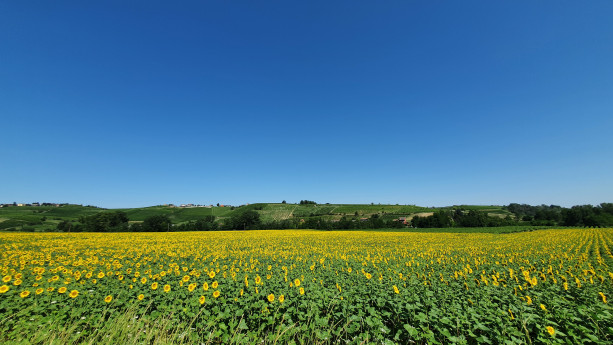- Food & Wine
Cotechino pavese
A traditional peasant's delight
Cotechino Pavese is one of the most authentic symbols of the traditional cuisine of the province of Pavia, a product that tells stories of conviviality and ancient peasant customs. This sausage, prepared with pork, spices and natural aromas, is the protagonist of many tables during the holidays, but is appreciated all year round for its strong and unmistakable taste.
Origins
Cotechino has deep roots in the rural culture of Pavia, where nothing of the pig was wasted. The name derives from "cotica," or the pig's rind, which is one of the main ingredients of this sausage. Originally prepared in the farms during the winter slaughter, cotechino was a perfect food to face the rigors of the cold season, thanks to its high nutritional value.
Preparation
The processing of Cotechino Pavese follows a traditional recipe handed down from generation to generation. Lean and fat pork, minced rind, salt and a mix of spices (which may vary slightly depending on family recipes) are used. The mixture is stuffed into a natural casing and subjected to a slow cooking process to enhance its flavor and soft texture.
How to taste it
Cotechino Pavese is traditionally served hot, accompanied by side dishes that enhance its flavor. Mashed potatoes, lentils, or polenta are the most classic choices. It is an essential dish in New Year's Eve celebrations, a symbol of good wishes and prosperity.
A product to enhance
Today, Cotechino Pavese is appreciated not only for its link with tradition, but also for the quality of local raw materials. Several butcher shops and artisan cured meat producers in the province of Pavia continue to produce it following traditional methods, offering consumers a genuine product rich in history.
Tasting a Cotechino Pavese means immersing yourself in the culinary culture of this land, rediscovering the authentic flavors that make the gastronomic tradition of Pavia unique.
Traditional Food Product (PAT)
A pork sausage flavored with vanilla, Marsala wine, and anise seeds. It is rich in protein and fats, with a high caloric content (390 Kcal per 100g). Cylindrical in shape with an arc, it is tied in strings of three pieces, each weighing 400g. It has a delicate aroma. It is made by grinding lean pork, rinds, ears, snout, hard lard, and back fat, seasoned with spices. The mixture is then stuffed into a beef casing and dried. It must be cooked in water before consumption. The temperature must always be high to prevent the solidification of the fatty parts.
(Source: https://www.buonoasapersipavia.it)

